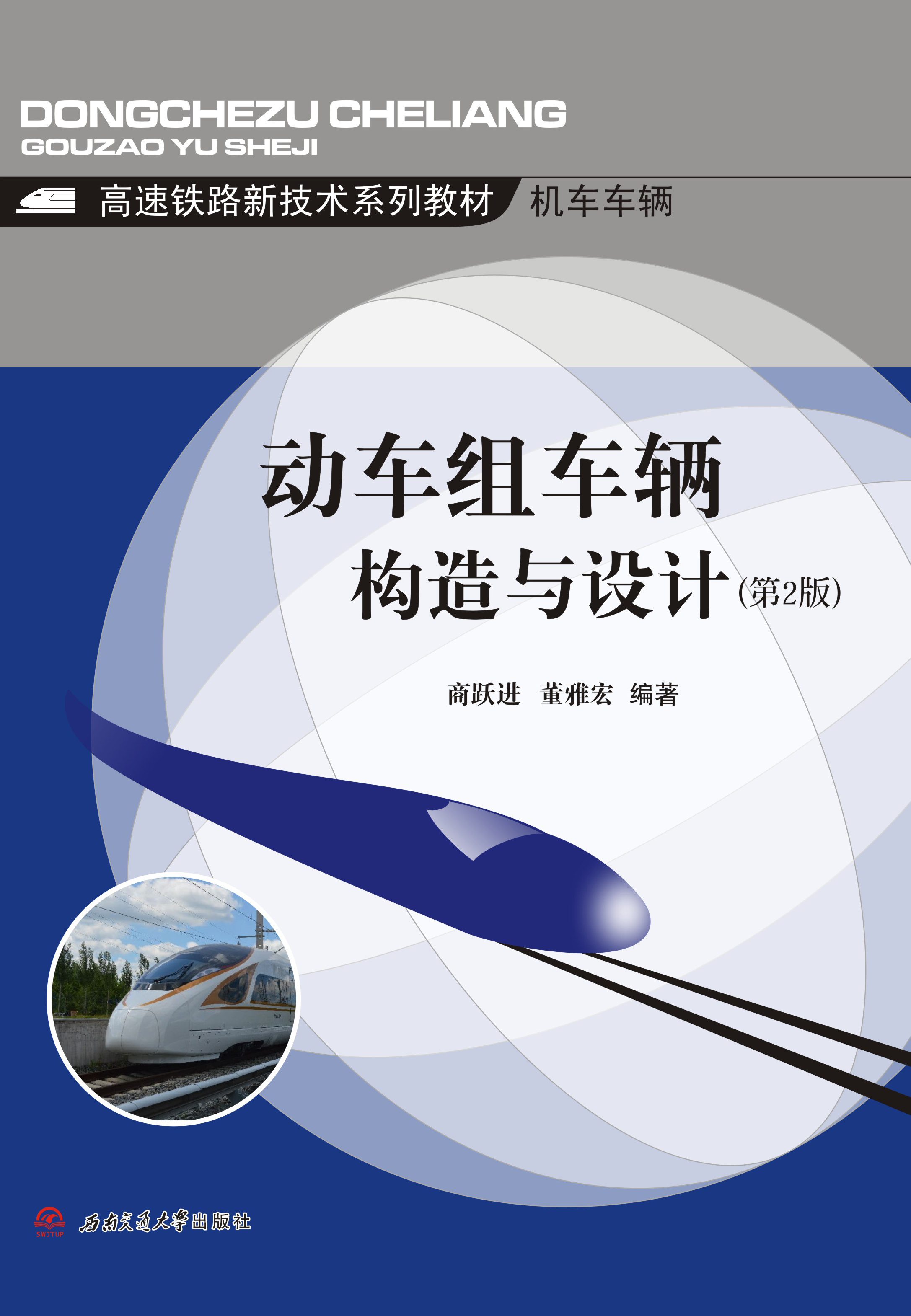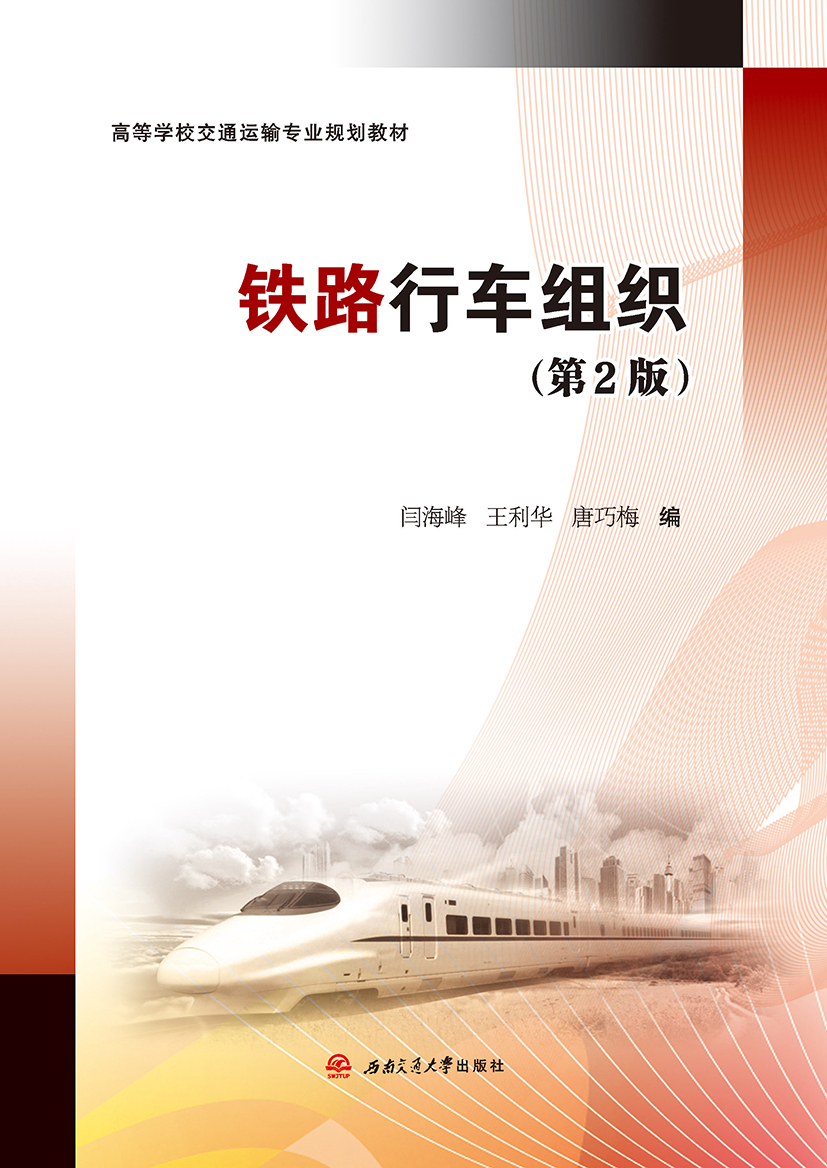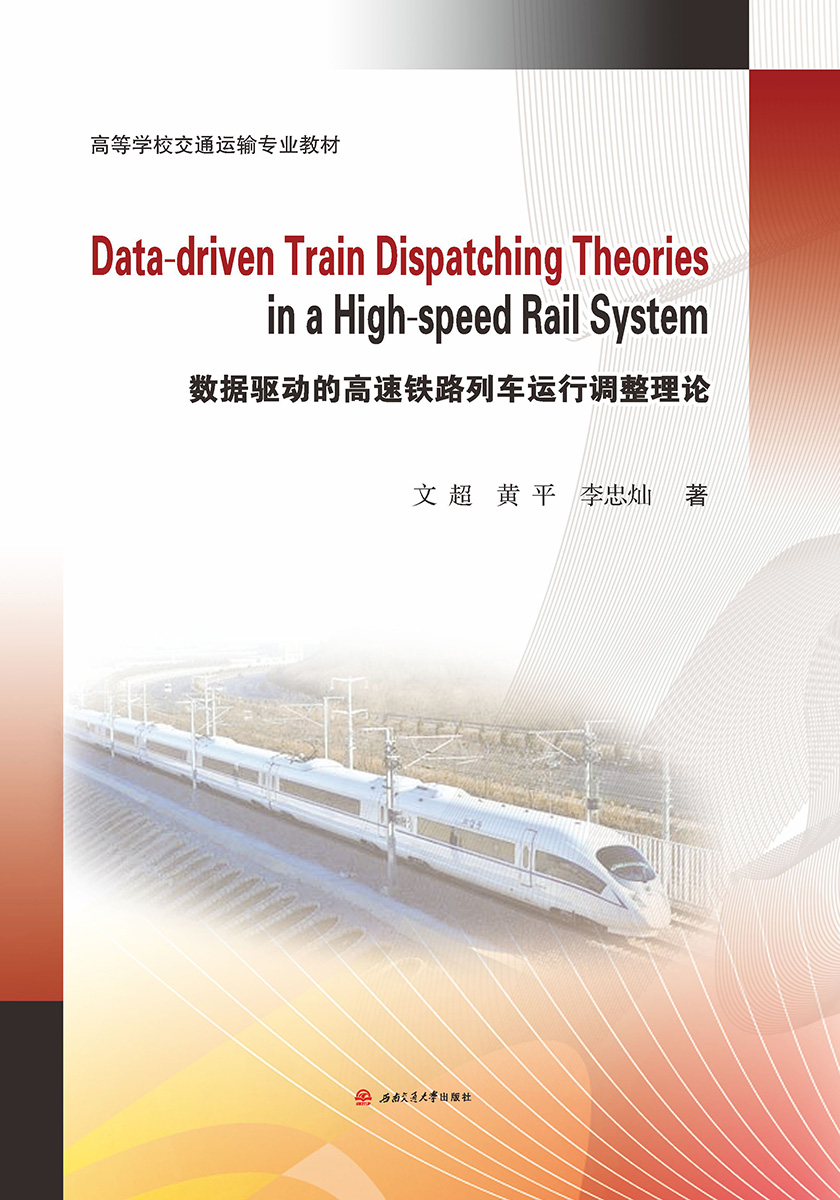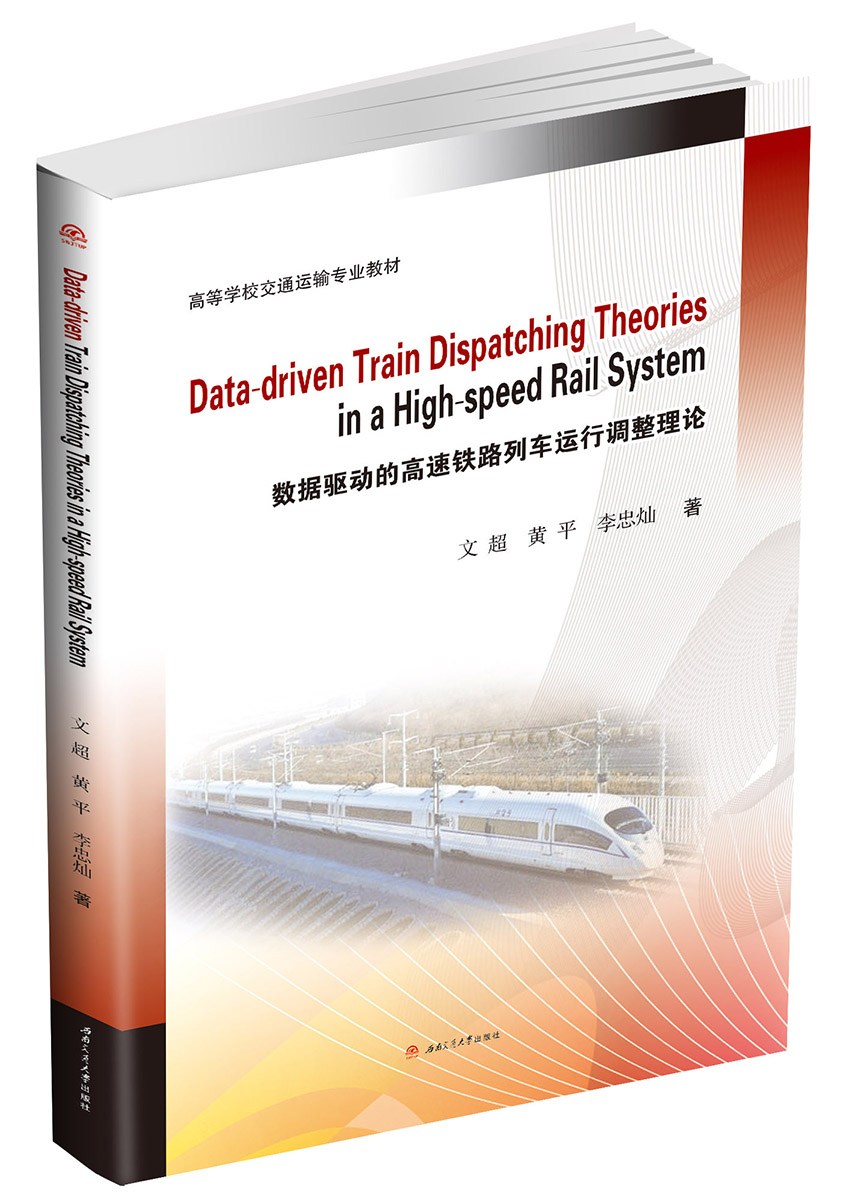-
 动车组车辆构造与设计(第2版)
动车组车辆构造与设计(第2版)作者:商跃进,董雅宏
本书为大学本科车辆工程专业教材,是在第1版的基础上修订而成的,详细讲解了动车组车辆的基本概念、结构组成及作用原理、相关理论及设计方法。全书包括动车组基础知识、转向架构造与原理、车体结构及内装设备、车端连接装置、城市轨道交通车辆、列车牵引运行原理、车辆动力性能分析与评价、车辆现代设计技术8章内容。本书可作为高等学校轨道交通车辆专业教材,也可供铁路职业院校师生及从事轨道交通车辆工作的工程技术人员学习参考。
-
 现代物流学
现代物流学作者:肖蕾
本书内容共13章,涉及对现代物流及物流系统的概述、各物流子系统的作业及其管理、第三方物流及供应链管理、电子商务下的现代物流、现代物流的新发展等内容,力求将现代物流系统中的基本知识、重要方法与技能,以及最新理论及研究成果呈现给读者。同时,为了强调现代物流作业及其管理的实践性,本书在每一章最后编排了相关的案例,希望读者在学习之余有更多深入的思考。
-
 铁路行车组织(第2版)
铁路行车组织(第2版)作者:闫海峰,王利华,唐巧梅
为了适应我国铁路运输的快速发展对高级技术应用型人才的需要,根据我国铁路运输发展和改革的实践,在借鉴国内外既有铁路行车组织教材基本内容的基础上,结合近几年的理论研究和教学改革实践成果,充分考虑人才培养的特点,组织编写了本教材。其主要内容包括:车站工作组织、货物列车编组计划、列车运行图和铁路通过能力、铁路运输生产计划和铁路运输调度工作等六部分。本书理论与实际相结合,不仅涵盖了铁路行车组织的基本理论和方法,而且尽量与生产实际保持一致,并通过大量的例题、习题、导学等内容,提高了教材的实用性和自学适应性。本书既适用于本科及专科层次铁路运输专业的教学使用,同时也适合铁路运输从业人员学习参考。
图书分类
Book classification- 本书分析了高速列车运行数据的获取、筛选方法,研究基于高速铁路列车运行实绩,综合运用现代统计方法及模型、机器学习和深度学习方法、强化学习理论,在解析晚点分布规律的基础上重点研究数据驱动的列车晚点传播与恢复理论与方法,提出基于冗余时间运用效率及晚点恢复最大化的冗余时间优化布局方法,建立数据驱动的高速铁路列车运行调整理论。本书的主要内容包括:高速列车晚点的宏观分布规律;晚点横向、纵向传播的宏观规律和微观...查看更多
- 前 言// PREFACE
The large-scale construction and operation of the high-speed railway have achieved remarkable results ...查看更多
-
目 录// CONTENTS
Chapter 1 Train dispatching management with data-driven approaches:
A comprehensive review and appra...查看更多 - 文超,西南交大交运学院副教授,加拿大滑铁卢大学博士后,国际铁路运营研究协会会员,云上贵州大数据科学应用研究中心特聘专家,研究领域为铁路运输组织优化理论、交通运输大数据应用等。





